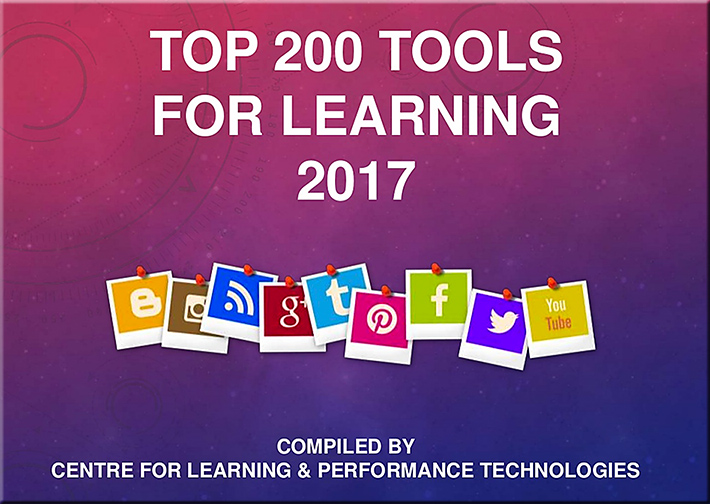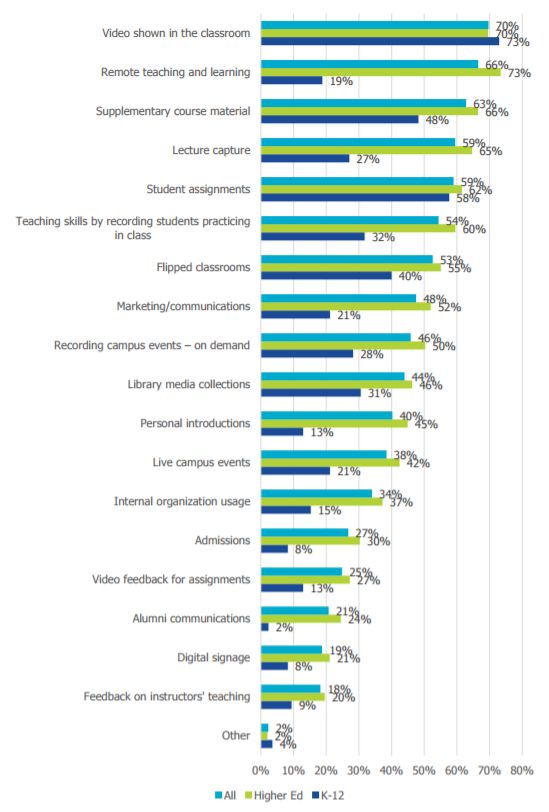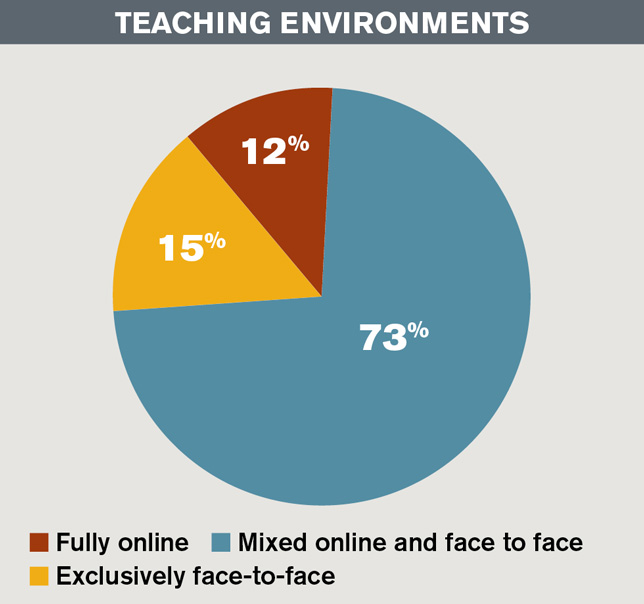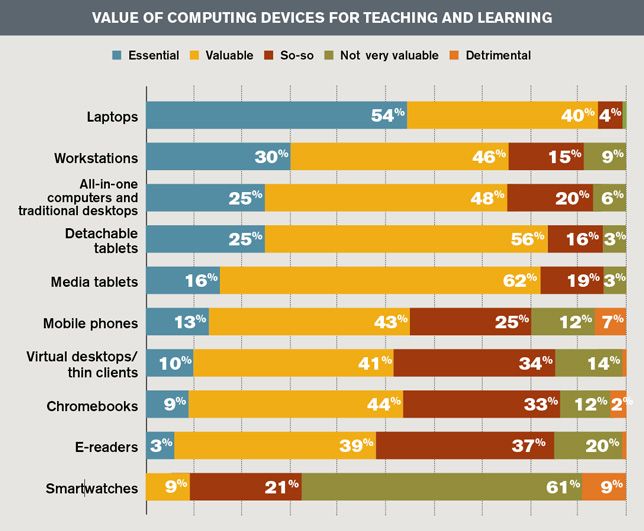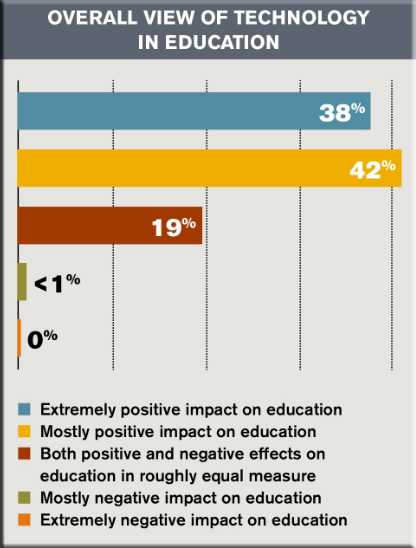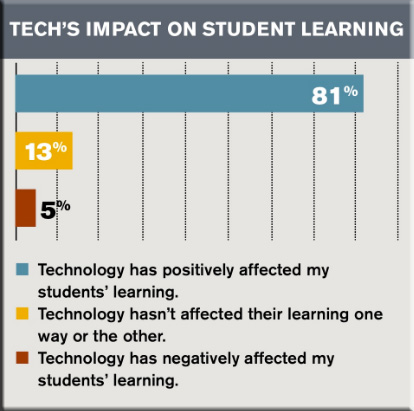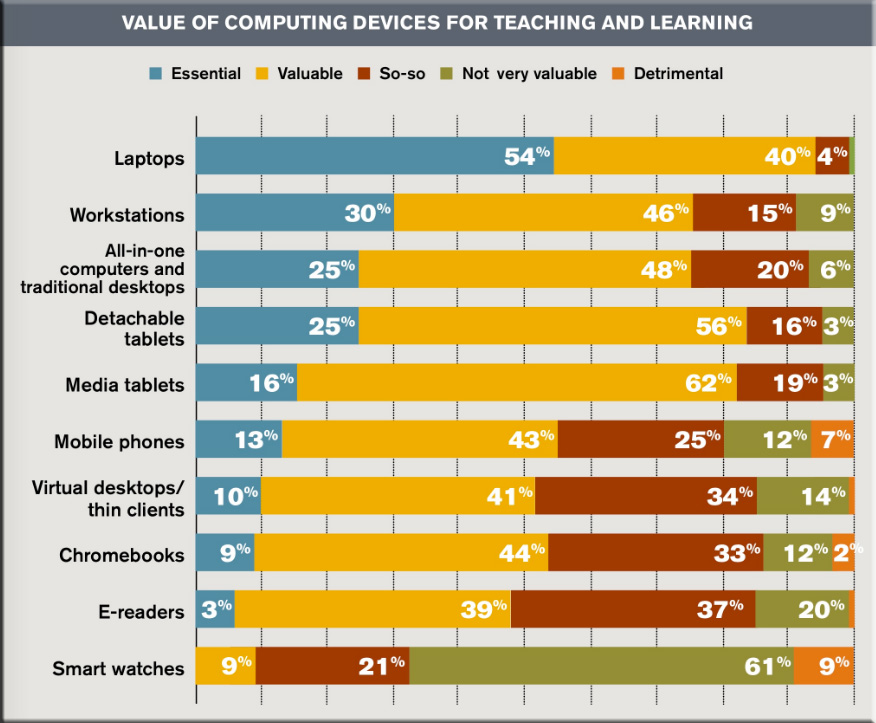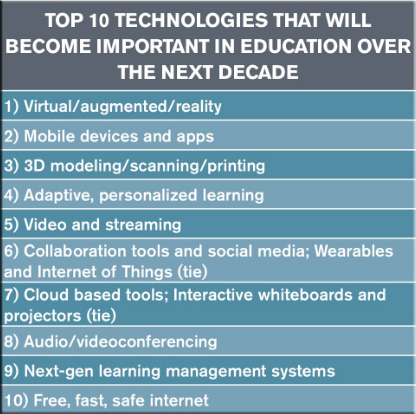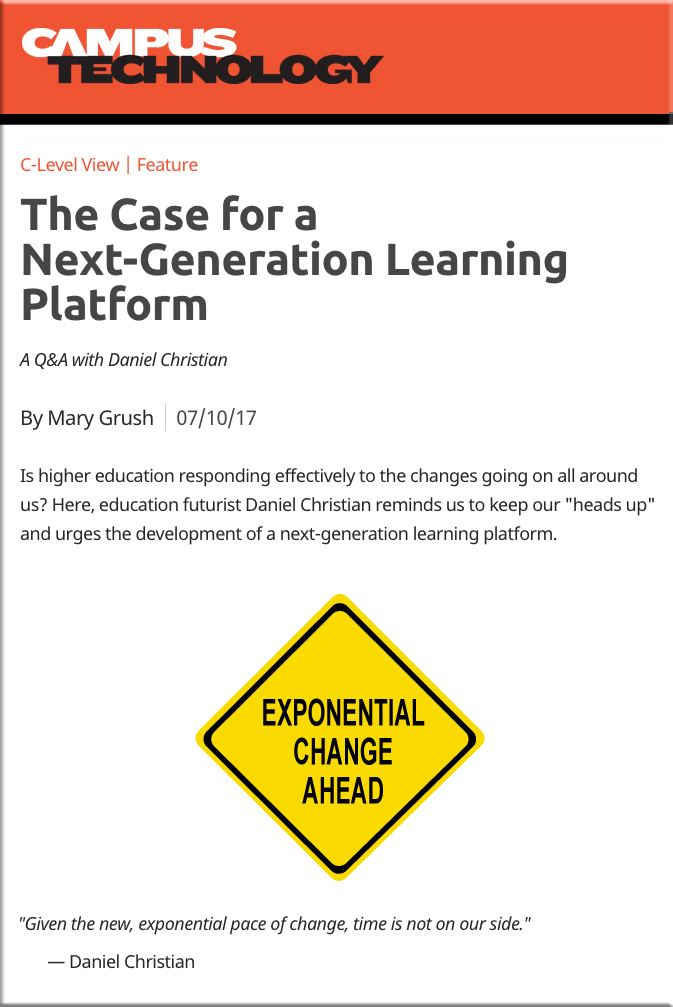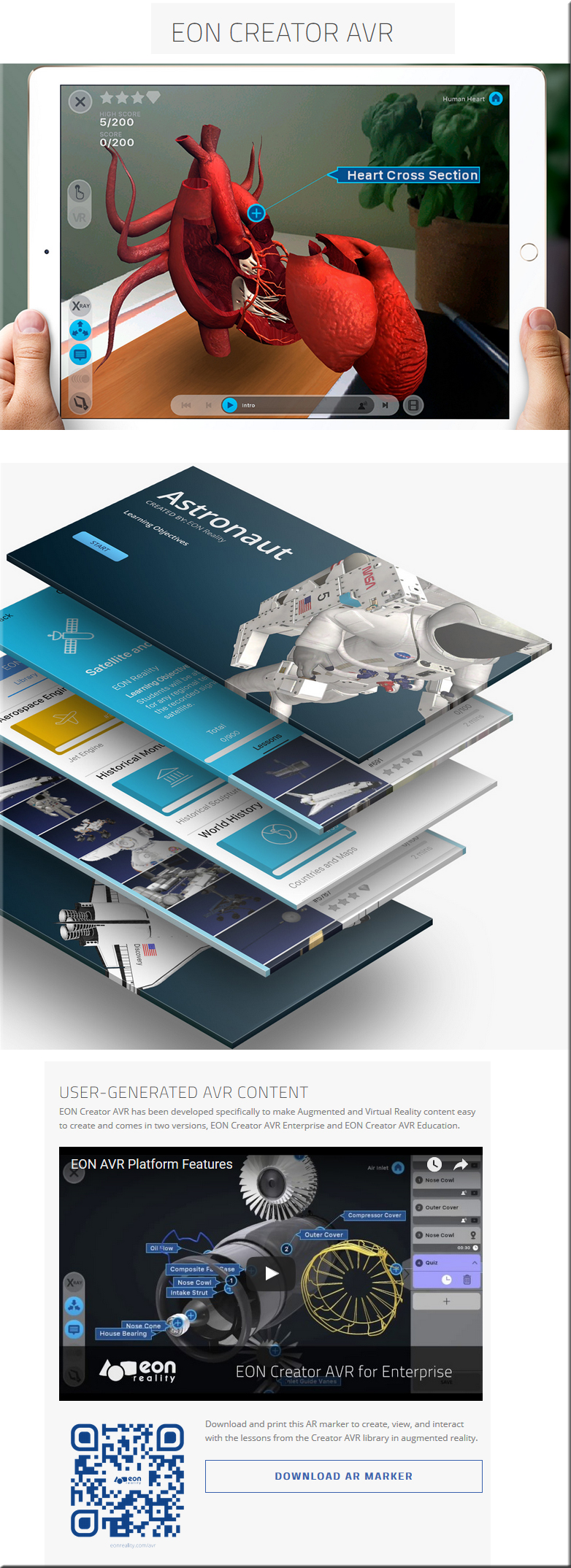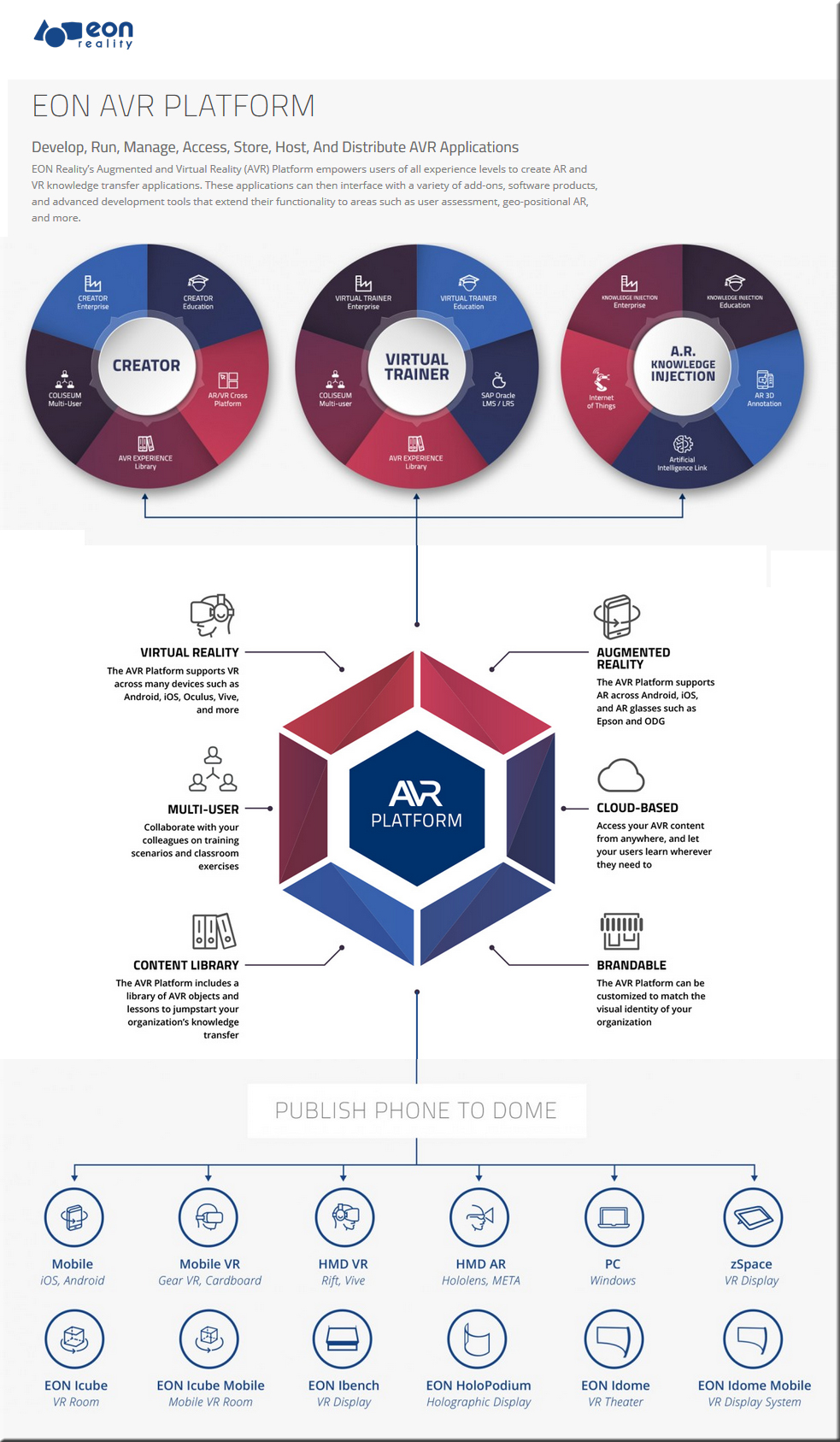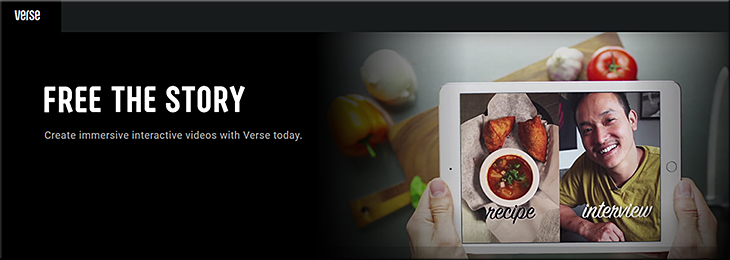Under the Hood: Learning Design Behind Georgia Tech’s Degrees at Scale — from evolllution.com by Shabana Figueroa and Yakut Gazi
Excerpt:
Rolling out the MM program in May and the degree program in August meant design coordination and creation of eight new online courses in less than a year. We needed a new approach that employed strategies for efficiency and effectiveness.
The Learning Design Team
GTPE’s learning design team partners with faculty members to develop their online courses from start to end, providing the heavy lifting for course production. A director of learning design oversees both the instructional design and production aspects of the course production across the entire program. This cross-functional team approach eliminates the silos created by independent instructional design and studio production teams, which in turn, minimizes hand-off points, decreases friction among teams, allows for long-term thinking that leads to smarter course design and development decisions, provides fluidity of talent and roles within the team, and fuels productivity.
…
…the paradigm shift to a learner-focused, team-based approach to course production and delivery, and collaboration of campus partners and groups…
From DSC:
Note the use of a team-based approach here. I think that the team-based approach will be the most beneficial to the world at large. Those teams will be able to deliver a high-quality learning experience, with high production values and carefully planned/crafted instructional designs.
Also see:
Learning How to Learn: Anatomy of a good MOOC — from linkedin.com by Bill Ferster
Excerpts:
Barbara Oakley’s MOOC, Learning How to Learn [2] is the exception to this trend. It is well-produced, informative, and fully embraces the new medium. With over 2 million registered students and completion rates of over 20% [3], (the average MOOC completion rate is 5%), Learning How to Learn is clearly resonating with its audience.
The question is why is it so popular? Intrigued, I enrolled the short MOOC to understand why it was so popular, and what lessons it might have for other MOOC authors to make their offerings more effective their “filmed plays.”
…
Oakley has clearly bucked the overall MOOC trend and has made good use of the inexpensive technologies with well-lit scenes that are clearly edited and make use of the green screen overlay technologies found in her Adobe Premiere video editor. She used a large teleprompter to ensure a fluid delivery of her message and high-quality audio.
…
Learning to Learn is effective because Oakley put a significant amount of effort making it effective. Good content, coupled with high production values, and sound pedagogy take time to produce and clearly pays off in the final product.









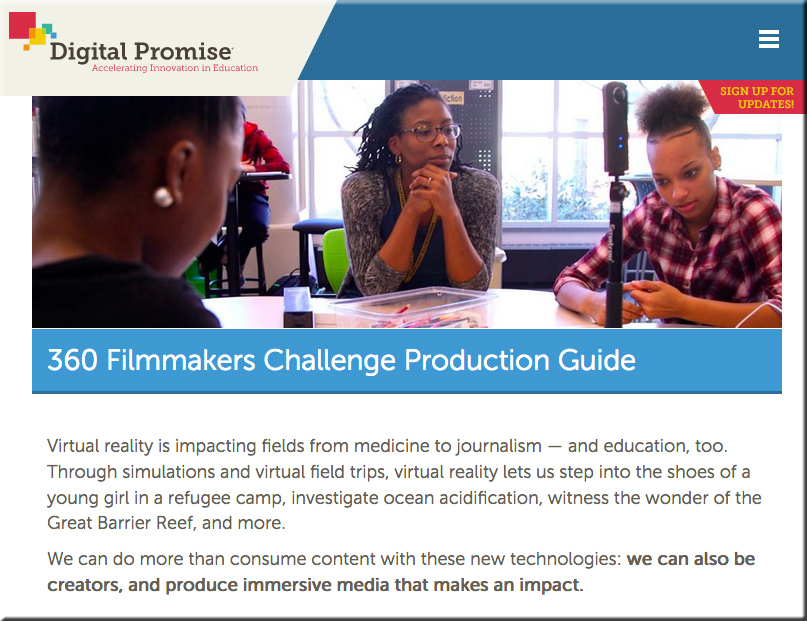
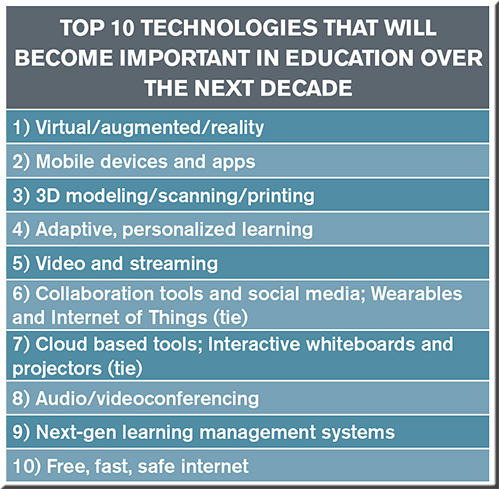
![The Living [Class] Room -- by Daniel Christian -- July 2012 -- a second device used in conjunction with a Smart/Connected TV](http://danielschristian.com/learning-ecosystems/wp-content/uploads/2012/07/The-Living-Class-Room-Daniel-S-Christian-July-2012.jpg)
